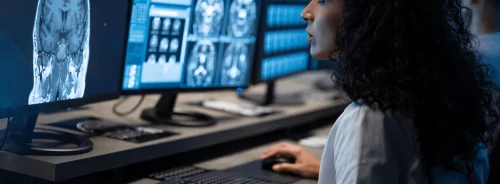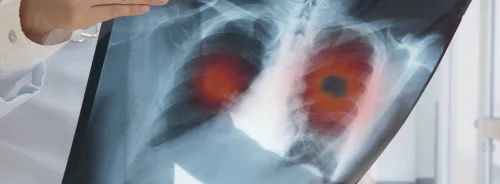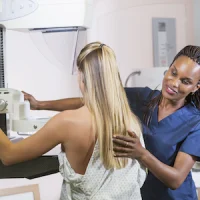In providing imaging and other medical services, the "human factor" is key in creating a positive patient experience. Based on this principle, a Chicago-based hospital has made strides in improving patient satisfaction in the area of radiological services.
You might also like: 5 Practices to Improve Doctor-Patient Relationships
Playing a leading role in this quality improvement effort is Julie Schmittdiel, RN. As a patient experience coach at Northwestern Memorial Hospital (NMH) since 2017, Schmittdiel knew from the get-go that it was important to help the radiology staff realise that "the patient is our priority."
For the radiology department, her coaching strategy is aimed at providing the ideal waiting room experience. This is because, aside from the obvious signs of pain and anxiety, patients can also suffer when they experience excessive wait times, Schmittdiel points out.
To achieve the department's goal, the patient experience coach introduced the concept of "waiting room rounding". This means assessing a patient’s comfort by checking in with patients as they wait.
Although it took several months for the radiology staff to get comfortable with the rounding concept, Schmittdiel noted positive results once the behaviour was embedded into daily workflows.
“Staff now view rounding as a necessity and one they actually enjoy,” the coach said, adding that teamwork and effective communication are also essential components of the radiology department’s quality improvement strategy.
Teamwork is facilitated by having team members use each other’s names and practise warm "hand-offs" of patients from one staffer to another.
“Patients want good clinicians who work well together and listen,” Schmittdiel explained. “A patient who experiences great teamwork is six times more likely to recommend the hospital or provider.”
Communication, meanwhile, is very important in instances when waiting becomes unavoidable. Wait times should be acknowledged, and patients should be given updates every 15 minutes along with appropriate apologies.
“Staff often think that informing a patient of a delay will start a confrontation,” Schmittdiel said. “Much to the contrary, most patients greatly appreciate being informed.”
In summary, the radiology department's strategy covers every patient touchpoint from registration (ie, a corps of volunteers assist and escort patients), to the physical waiting rooms (which were improved with additional seating and better signage). Moreover, Schmittdiel provides one-on-one coaching for individual staff and behavioural interviewing training.
Source: RSNA
Image credit: iStock










